Myanmar: Who are the rulers who have executed democracy campaigners?
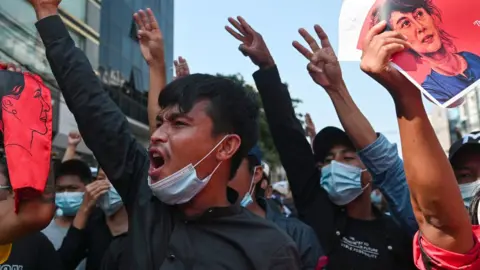 Reuters
ReutersThe military leaders in charge of Myanmar have executed four democracy activists whom it had accused of committing "terror acts".
The UN has condemned the executions as "depraved".
They are the latest measures the regime has taken to suppress opposition since it seized power in February 2021.
Who is running the country?
General Min Aung Hlaing - commander-in-chief of the Tatmadaw, or military, is in charge.
He and his junta (group of military leaders) took charge after ousting the elected, civilian government.
He declared a state of emergency but has promised a "free and fair" election in the future.
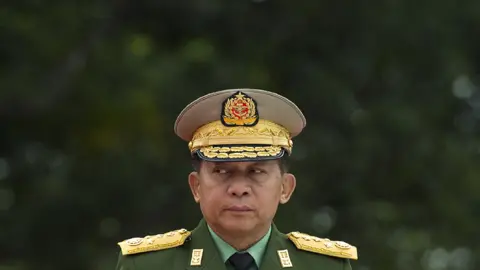 Getty Images
Getty ImagesSince then, Gen Hlaing has received international condemnation and sanctions for the military's alleged role in the suppression of human rights and attacks on ethnic minorities.
A human rights group, the Assistance Association of Political Prisoners (AAPP), says the regime's security forces has killed more than 2,100 people since the coup.
The junta has also imposed several prison sentences on former prime minster Aung San Suu Kyi.
Who are the people the regime has executed?
Four male activists were executed following secret trials. They were accused of helping insurgents to fight Myanmar's army.
Among them were democracy campaigner Kyaw Min Yu, better known as Ko Jimmy, and former lawmaker and hip-hop artist Phyo Zeya Thaw,
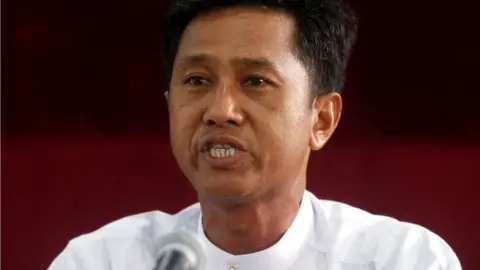 Reuters
ReutersAmnesty International has called it "another example of Myanmar's atrocious human rights record." It says there are 100 other people awaiting execution, having been sentenced for similar offences.
How else has the junta responded to democracy activists?
After last year's coup, opposition activists formed the Campaign for Civil Disobedience (CDM) and has been organising strikes and mass protests.
The military has responded with live fire, water cannons and rubber bullets.
Local militias calling themselves People's Defence Forces, or PDFs, have attacked military convoys and assassinated officials.
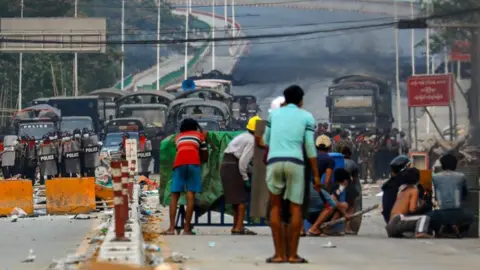 STR / AFP
STR / AFPThe government has carried out violent reprisals, including the torture and killing of 40 civilians in Sagaing district.
Why did the junta jail Aung San Suu Kyi?
Aung San Suu Kyi became world-famous in the 1990s for campaigning to restore democracy. She was awarded the Nobel Prize for Peace in 1991.
In 2015, she led the National League for Democracy (NLD) to victory in Myanmar's first openly-contested election in 25 years.
However, the military ousted her in the February 2021 coup and put her under house arrest.
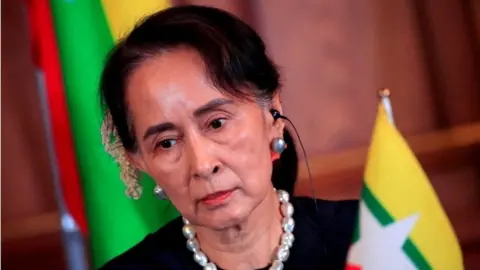 Reuters
ReutersThe generals had backed the opposition party, which demanded a re-run of the vote claiming widespread fraud. However, the election commission said there was no evidence to support this claim.
In April 2022, the 76-year-old Ms Suu Kyi was sentenced to five years in jail on corruption charges, in a secret trial.
She had already been sentenced to six years in jail for violating the country's official secrets act, possessing illegal walkie-talkies and publishing information that may "cause fear or alarm".
She still faces 10 other corruption charges, each carrying a maximum penalty of 15 years.
How has the international community responded to the junta's rule?
The United Nations has warned of a deepening humanitarian crisis in Myanmar, with "an intensification of violence and a rapid rise in poverty".
The US, UK and European Union have imposed sanctions on military officials.
Where is Myanmar?
Myanmar, previously known as Burma, is in South East Asia. It neighbours Thailand, Laos, Bangladesh, China and India.
It has a population of about 54 million, most of whom are Burmese speakers. The biggest city is Yangon (Rangoon), but the capital is Nay Pyi Taw.
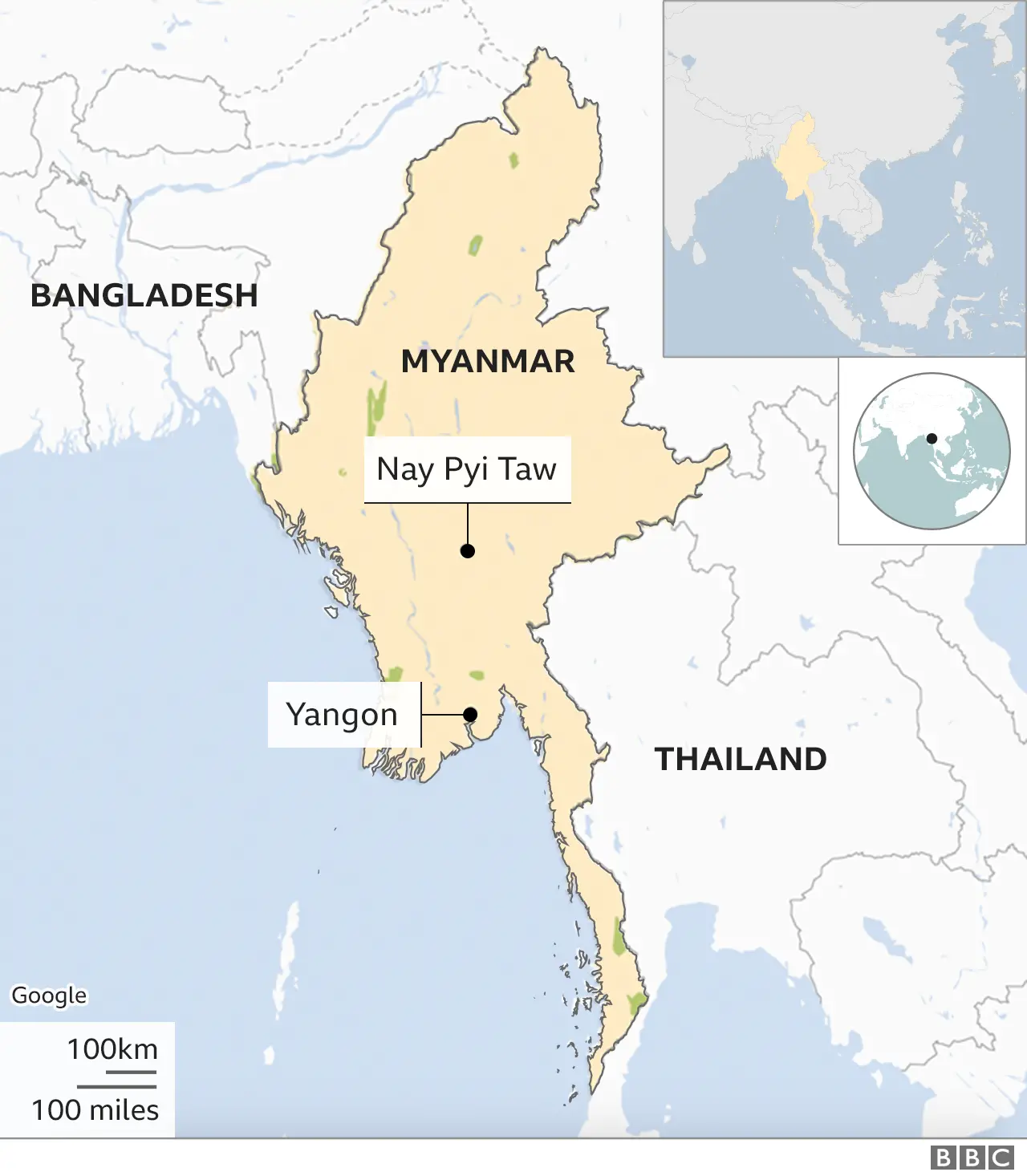

The country gained independence from Britain in 1948. It was ruled by the armed forces from 1962 until 2011, when a new government began ushering in a return to civilian rule.
The ruling military changed the name from Burma to Myanmar in 1989 and "Myanmar" has been increasingly used since then.
The main religion is Buddhism. There are many ethnic groups in the country, including Rohingya Muslims.
Thousands of Rohingya were killed and more than 700,000 fled to Bangladesh following an army crackdown in 2017.
